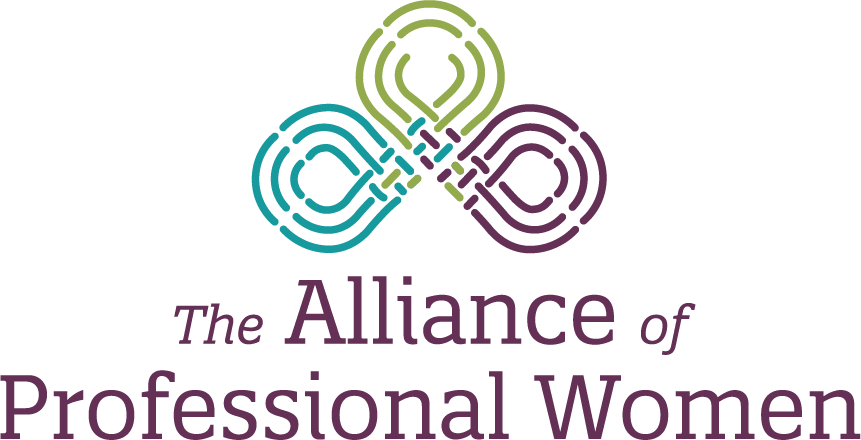In what ways do you want your life to look different?
At the core of behavior change is the notion that a clear destination makes the journey possible. The more concrete you can be about where you’d like to go, the easier it becomes to plan out action steps that’ll take you there.
So what’s in a vision?
Maybe right now, you’re thinking “something needs to change” or “I’m tired of feeling this way.” Maybe you’re noticing discontent or an urgency to live differently. Maybe you’re eager to avoid something — an illness that’s befallen members of your family or potential unemployment.
While it can be helpful to understand the scenarios we’d like to avoid, there’s a distinct difference between the emotional and motivational processes in place when that’s at the root of a vision. In psychology and in coaching, this differentiation is known as “approach” versus “avoidance” vision-setting.
Let’s say that avoidance of chronic illness resonated with you. Maybe your parents have both had health issues, a grandparent passed early from heart disease, or diabetes diagnoses are common across your extended family. From an “avoidance” lens, you certainly may want to make changes now in order to keep yourself from dealing with similar health conditions. At the root of this vision, this desire to avoid illness, are emotions like fear, anxiety, and perhaps even dread. Positive psychology states there’s a better way to move forward.
Shifting that vision from “avoidance” to “approach” can help embed in the journey a more empowering direction. Instead of being rooted in fear or anxiety, re-framing that vision to say, for instance, “I want to build a healthy lifestyle that I can share with my children and future generations” promotes more positive emotions like excitement, hope, and a sense of optimism. What’s in a vision? A reason, a core “why” that will enable you to stay committed to the journey even as obstacles fall into your path.
What does your dream life look like?
When building a vision from that “approach” lens, broad, sweeping questions can be an effective way to brainstorm. Consider asking yourself a question similar to the one above. “How do I define my best life?” “Where am I when I picture that?” “What am I doing?” “Who am I with?”
From there, I like to use a 5-step vision-setting activity. Often it’s useful to write down what comes up as you walk through it, so I recommend setting aside at least 10 minutes with a paper and a pen. The activity goes something like this:
Step #1: Reflect. Broadly envision that dream life of yours and feel free to lean on some of the questions outlined above.
Step #2: Motivate. Get clear about your “why.” Be cognizant of “avoidance” versus “approach” visions when asking yourself “what’s the driving force pushing me toward this life I’m envisioning?”
Step #3: Protect. Here’s where you get to give yourself some kudos! What are some of the habits, thought processes, resources, knowledge, belief systems, or environmental factors you already have on-hand that are helping you take strides toward that vision?
Step #4: Adjust. On the flip-side, we want to identify any gaps you might have in the action plan you’re devising or barriers that may be standing in your way. Ask yourself “what are the obvious obstacles standing in my way?” There’s no need yet to assess those obstacles or draw solutions for overcoming them. Instead, give yourself the gift of simple self-awareness and sit for a time with these findings.
Step #5: Schedule. Every goal needs a timeframe. Ask “when would I like to reach this vision of a healthier, happier, more fulfilled life?”
“Be like water.”
Though a motivating vision can give clear direction to a behavior change journey, it’s important to offer yourself the gift of grace, too. Goals change! As new opportunities arise, you might uncover a shift in the vision that feels more in alignment with your values or strengths. Be open to the process of discovering for yourself what that looks like and remember, if a tree falls into a stream, the water continues to flow through it. Let those obstacles serve as reminders that you have the freedom to shift, change, and make choices every step of the way. You hold the power to be exactly who you want to be.
Katie Mitchell
Katie Mitchell’s Day 2 Coaching | Text A Health Coach


